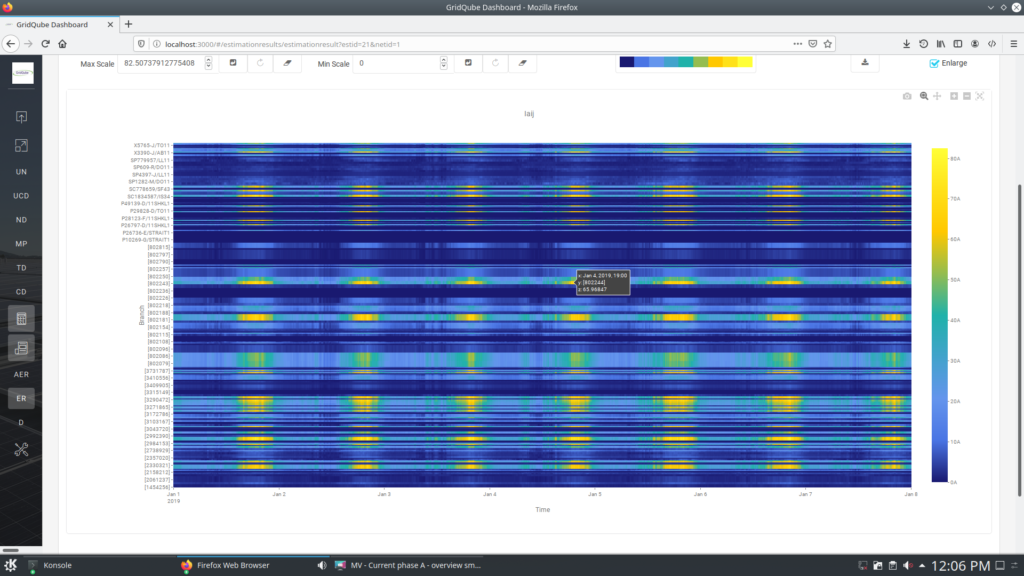The adoption rate of solar PV systems reached dizzying heights in Australia in 2012 thanks to federal and state government incentives, electricity prices, falling PV system prices, and a growing desire by some customers for more control over their electricity supply.
Businesses continue to adopt solar PV, as many see the economic, environmental and even marketing value and the ongoing uptake shows no signs of abating.
The high rate of PV penetration means electricity distribution network operators (distributors) must conduct a desktop technical assessment of every application to connect a PV system above a designated capacity (generally 30kW).
Naturally, these are mostly on business premises, where they have the greatest ability to contribute to renewable generation and create the biggest benefit for themselves and the community.

GridQube combines and uses data on known parameters of the network, transformer set-points and outputs of voltage power flow meters in conjunction with statistical data about the typical network utilisation.
From these thousands of pieces of data, the SEA creates a more complete understanding of load flows and other aspects of the network’s operational state than has ever been possible.
GridQube technology enables distributors to dynamically reassess, and possibly raise, current limits imposed on the export of a PV system at times, thereby allowing it to export as needed most of the time.
This outcome creates financial and other benefits for the customer, reduces network risk, enhance network benefits and enable a “green grid” by facilitating much more renewable energy export than otherwise possible with static limits.
If you are interested what GridQube CORE looks like and what it can do have a look around or contact us.